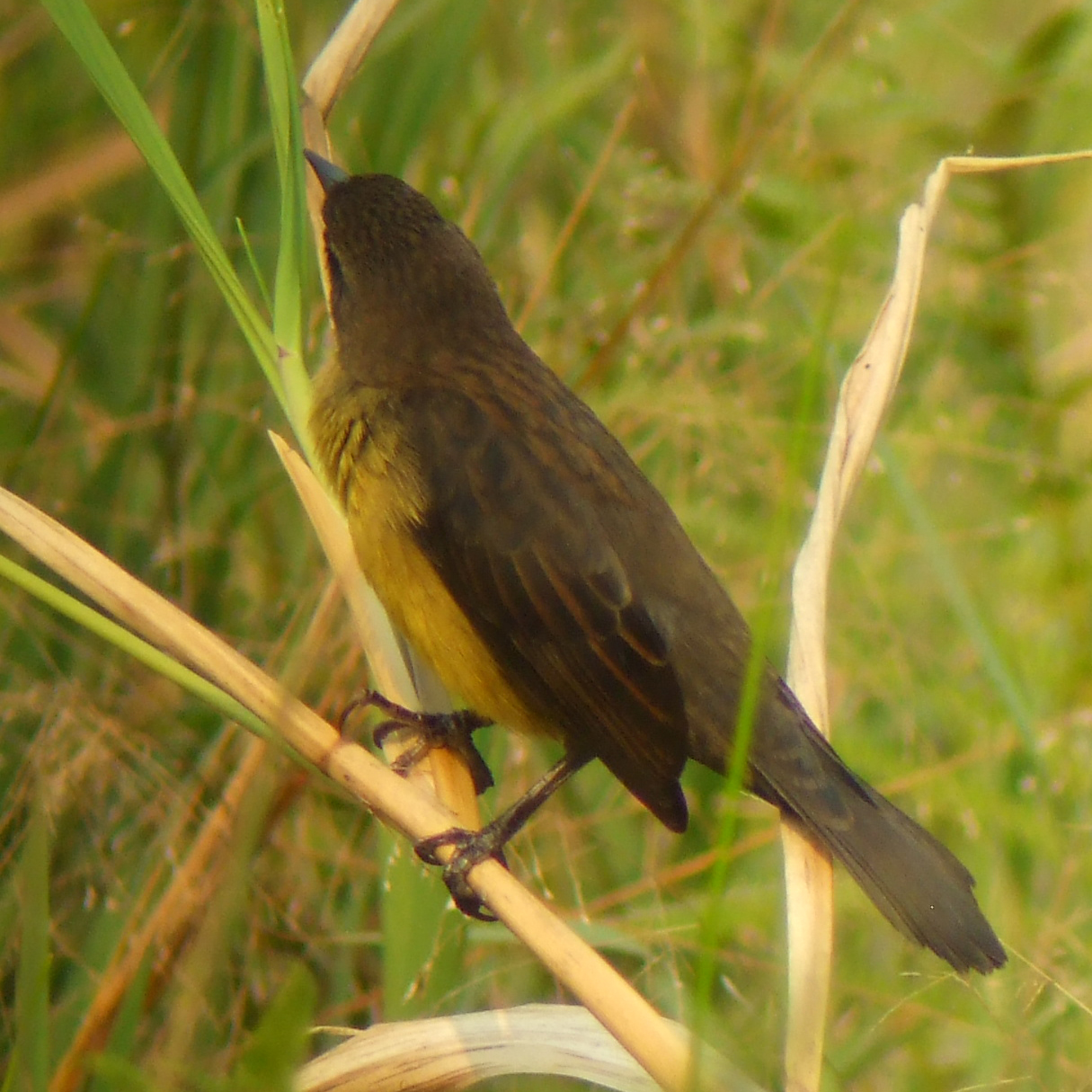I tried, and I tried and I tried….
Three times this year at different localities. Yes, more people than ever before have seen the Long-whiskered Owlet this year at the now quite famous Esperanza site. As a tour operator and a promoter of community conservation initiatives, I am of course interested in providing a service to our clients that will give them a good shot to see this legendary bird. For background info about Long-whiskered Owlet please see my previous blog post on How to see the Long-whiskered Owlet.
Wait a minute, that does not make sense! First he writes a post how to see it, and now three ways how not to see it! Give me a break! It is no problem to see the Owlet, just follow the instructions, contact Noga Shanee and make the arrangements to trek into the mountains from Esperanza for several hours and then stay overnight at the hut – preferably two nights – then you should see it. And it is all very well, as long as you are used to run marathons, you are around 20-35 years old and don’t mind missing a whole bunch of endemics present at Abra Patricia. This is the main thing. The Esperanza site is not for everyone. Let me relate my experiences how not to see the Long-whiskered Owlet.
1. The Long-whiskered Owlet Lodge
Great name for a lodge! Just flavor those words – Long-whiskered Owlet Lodge! In spite of the name and in spite of the almost legendary discovery here by Nick Athanas and Frank Lambert in 2008, hardly anyone has actually seen the Owlet here. Some have heard it. A few have had very poor glimpses. I was at the Owlet Lodge in January when the news of the Shachar’s filming of the Owlet was released.
We did several unsuccessful night shifts trying to get it at the lodge. I did see my first Cinnamon Screech-Owl on this occassion. Since, the people at the Lodge, have a site where the Owlet has been seen (again briefly) and heard at close range which is only one hour from the road. Much closer and much more comfortable than Esperanza. The direction of the Owlet Lodge promise excellent comfort – and is charging their usual lodge fee also for camping. On my last visit in the area, I was told that the Lodge would not accept only a one night stay, but that booking of at least two nights was necessary. In the end I was told that the program could not be offered to us because bookings needed to be made two months in advance. One month prior to departure was not enough time! In the end we settled for buying trail permits. Only after I paid (cost $20 per person) for the permits for the group, was I informed that visiting hours on the trails was between 9 AM to 6 PM and valid for one day. In this case not particularly worth it.
RATINGS Owlet Lodge:
For Owlet: POOR
Ccst: EXPENSIVE
Comfort: EXCELLENT
General Birding: EXCELLENT
For Groups: EXCELLENT, but make sure to make reservation at least 2 months ahead of time. Even individuals should book well in advance. Most of the time the lodge is empty, but they don’t have resources to let people just show up and stay there. Since, the irregularity of groups, they may even deny stay in spite it being empty, because of lack of staff.
2. Esperanza
Well, before listing all the reasons why I did not see the Owlet at Esperanza, I want to make clear that I really should have seen it, if only….
I got about 10 of those. I was at Esperanza at 3 PM a fine afternoon in June, but I was waiting for Thomas Love who was coming from Cajamarca to join me on this quest. He did not arrive…until 7 PM. I could have set off without him, but decided to wait. We only had one shot – that same night, so we had to try. We had some spaghetti that project manager Nestor and the people at Esperanza had prepared and then at 8 pm we set off with our guide Humberto on what was supposedly a three hour hike. It took us 6 hours just walking and walking and walking. It is true it was not the closest route, but our guide deemed it as less streneous in the dark. The trail was incredibly muddy (June is dry season!) and in horrendous conditions, due to the mules and horses carrying big logs from the forest. It is clear that logging is still very much the main source of income for the people here.
We heard no Owlet on the way, but I was surprised to hear Vermiculated Screech-Owl this high up. It called from an area that was at least 1500m altitude – probably more. When we arrived at 2 AM, Thomas was completely exhausted and needed a rest. I argued that our best be would be trying to see it just before dawn, since all owls make a territorial call before they go to bed. I was tired too, but since Humberto said it was only 15 minutes up the slope to the place where the Owlet was last seen, I figured I may just as well go up there, and then come down for Thomas at 04.30. After a much needed drink and sitting down for a few minutes, I was up on my feet again and walked a very steep trail for about 20 minutes. Just what I needed! Arriving at the spot there was an overhang rock that protected should it start to rain. So I told Humberto now joined by Ronald – who owns the hut – and probably has seen the owlet more times than any other living person on this planet – that I would stay there. The climb down and up once again would have done my in. It was cold but I was brought a blanket and a mattress to sit on. Incredible how service-minded these locals are.
Humberto and Ronald insisted I’d play the Owlet song at very loud volume and over and over again. I was very reluctant. I use playback a lot, but in my experience one very rarely succeed with too insistent trawling, and there is always a risk the bird will see your iPhone as a too tough opponent even before trying to defend the territory. I prefer to do playback when and if the bird has called spontaneously. When they do, it is because they are territorial and by logic it should be easier to see it, when it comes to investigate an intruder in its territory.
So a few bouts from me once in a while was all the trawling I did. Suddenly, there was a response. I made a few more bouts and it came closer calling only some 20-30 meters away – at the most.
Then I thought of Thomas. What if, I called it in to see it now, and then by the time Thomas joined me, it suddenly decided it had had enough and would not show again. I decided it would be very unethical if I would see it, and Thomas would not. After all he was paying me some to take him along. Furthermore, since Scandinavian birders do count heard birds, the Owlet was now on my list!
Thomas arrived a little after 5 AM, and the owlet was still calling. In spite of trying for the remaining hour of darkness, we would not see the Owlet. Somewhat comforting was that we saw Rusty-breasted Antpitta and only a couple of meters after I imitated its song. After breakfast we set off to walk back. Although we choose a shorter route back it still took us over 6 hours with hardly any decent birding on the way. The first part went through good forest, but it was too steep uphill to bird – us heavily panting at any possible break – hardly able to lift the binoculars. The second part was mostly downhill, but it totally open terrain. No birds at all, except in a bushy area of second growth a Lulu’s Tody-Tyrant.
In July our guide Juan Jose Chalco accompanied Rich Hoyer and Alan Grenon on a quest for the Owlet. They also arrived exhausted. Juan Jose hurt his foot, and after failing seeing the owlet in the evening, he needed to rest during the pre-dawn attempt. This is when the owlet was seen at only a few meters and photographed with a point and shoot camera by Rich Hoyer (photo above).
Summery: When trying for the owlet, make sure to have ample of time to get there and get sufficiently rested. Ideal is to have two nights, so you can enjoy some of the other birds in the area. There were both Barred Antthrush and Wattled Guan calling nearby, that we would have seen if we had had more time. We also missed Yellow-tailed Woolly Monkey, which was my number one target apart from the Owlet.
RATINGS Esperanza
For Owlet: VERY GOOD – in spite of us only hearing it.
Ccst: INEXPENSIVE
Comfort: POOR
General Birding: Good in the general area for the owlet, but VERY POOR in getting there.
For Groups: POOR. Our last of group of 4 clients and two guides would most likely have been too large. To make the trek in and out less physical, it would have been good to each have a mule to ride and also mules for the luggage. But the trail is in such poor conditions that even with a horse it would be difficult and potentially dangerous as clients could fall off the horses if not used to riding on such steep slopes.
3. LSU Trail – re-visited.
On my last trip in August, we could not visit Esperanza for various reasons. There was a workshop for the guides of Esperanza just during the time we had, and another group visiting, so in the end there was not enough staff nor space. Plan B did not work either, because first ECOAN (the owners of the Owlet Lodge) confirmed they would receive us and we would do a camp for one night at their new site and the second night stay at the lodge, and then all of a sudden they said they could not receive us because we had not done a booking two months ahead of time!!!! We contacted them with two weeks notice.
However, a new/old option was suddenly a very good option. In 2002 Dan Lane and others from Louisiana State University did a two months survey on the slopes of Cerro Patricia. There is still a good trail that enters this area known as the LSU trail. This area is within the protected area of Bosque Proteccion Alto Mayo. Turns out the same trail is also has one of the most attractive orchids of Peru – the endemic and threatened Phragmipedium kovachii.
There is a Peruvian NGO INIBICO that works with Orchid protection in the area and has the co-management concession of the protected area together with the Peruvian state conservation organ SERNANP (basically the continuation of INRENA). They also got the concession of the road building camp of Venceremos, where they are now implementing a biological station and park guard station, where it is also possible to stay. Once Venceremos gets well implemented with Hummingbird feeders, proper beds it shall be a great inexpensive alternative to stay. There are toilets and showers available.
Anyway, the LSU trail is still very birdy, so we put all our cards on trying to get the Owlet here. Again it was heard only, but the birds along the trail was just great. What about this list?
Ochre-fronted Antpitta seen and photographed
Rusty-tinged Antpitta seen
Gray-tailed Piha seen and photographed
Cinnamon Screech-Owl seen and photographed
Golden-winged Manakin
White-capped Tanager
Metallic Green Tanager
Straw-backed Tanager
Barred Antthrush
Speckle-chested Piculet
Yellow-rumped Antwren – extreme range extension
Yellow-throated Tanager
Swallow-tailed Nightjar
Lyre-tailed Nightjar
The best of all is that the trail is birdy all the way. It does not feel like a very strenuous walk because of this. There is not a lot of mule traffic, so the trail is in quite good conditions. Even better is that the local guys Juan Rojas and Roner Espinal who helped LSU during the two months in 2002 are now employed by INIBICO as park guards. They were our guides during the two days we employed. It felt like walking in Dan Lane’s footsteps at times as Juan and Roner were telling me: This is where we caught the first Owlet! I stayed out all night listening for the Owlet. Alex and the others heard it at fairly close range just above our camp at 1850m. But alas none of us saw it.
Juan and Roner will survey the forest to try to stake out the owlet for future groups. Eventually, there will be a hut to stay where we stayed, but for now camping is the only option or one may stay also at Roner’s dad’s (Pepe) place an hour below our camp. Anyone wanting to try this option should coordinate with Marco Leon of INIBICO.
RATINGS: LSU Trail
For Owlet: QUITE GOOD – in spite of us only hearing it. Roner and Juan should soon have it staked out.
Ccst: INEXPENSIVE
Comfort: Reasonable at Venceremos. Camp on LSU trail (bring your own camping gear). The trail is much easier to walk and much birdier than the ESPERANZA set-up
General Birding: EXCELLENT! In fact there is no need to stay at the Owlet Lodge, nor use their trails if you do all the birding along the road and on this trail. There is a stake-out for Royal Sunangel on a short side trail at the beginning of the LSU trail.
For Groups: QUITE GOOD. There was no problem of our group of 6 people plus driver to stay at ESPERANZA and the 6 of us on the trail. We could easily have had yet one or two more couples. Also Marco Leon of INHIBICO was very accommodating.
Final words.
We shall be using the LSU trail for our budget groups to Northern Peru – and offer the LSU trail as an alternative to the Owlet lodge – for those that would like to try for the Owlet on our standard North Peru departures – at least until the Owlet Lodge has a more secure stake out for Long-whiskered Owlet. Independent birders with lots of time should try both Esperanza and LSU trail options with two nights at each site. This way practically all of the Abra Patricia endemics will be seen – including all the Antpittas.
UPDATE Dec 2010: In October-November several groups have seen the Owlet at Abra Patricia on a new trail at the Owlet Lodge only about 1km from the lodge. Easier to get to than the other sites – and very good success-rate of seeing the bird. I tried again with my last group – and again very close with hearing it at close range -but alas now views this time either. Next time I nail, it. I would be surprised if we during 2011 should not be able to stake it out also nearer Venceremos/LSU trail.

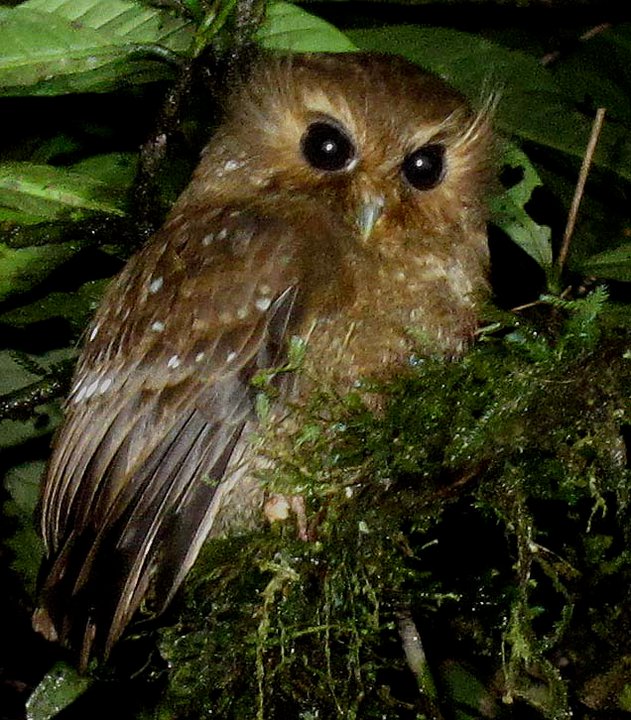
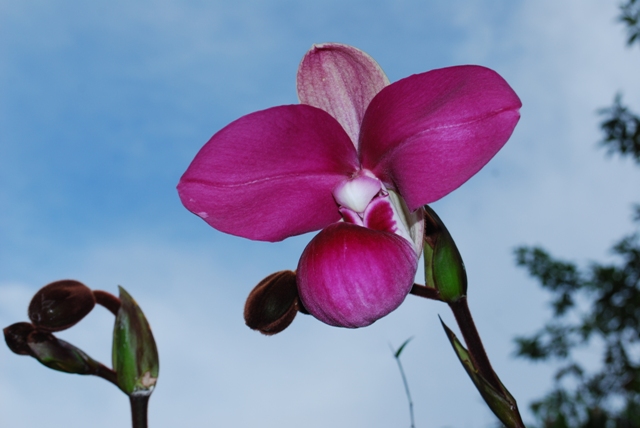
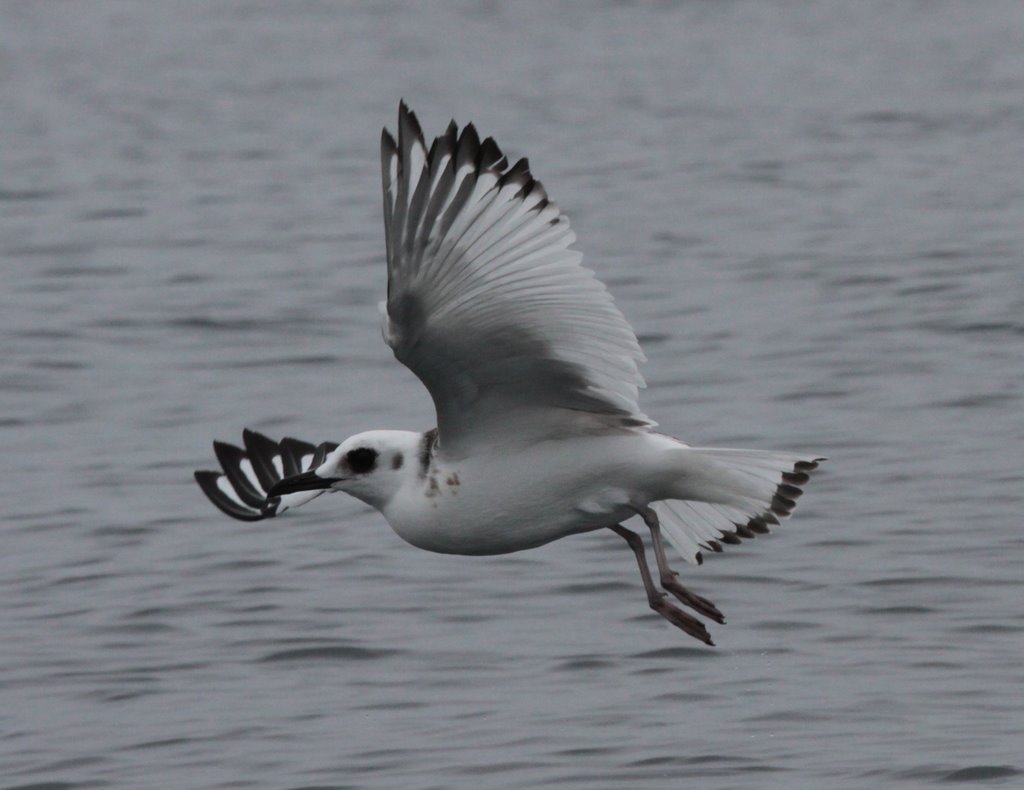
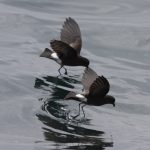
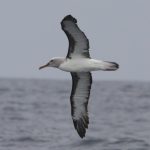


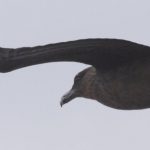
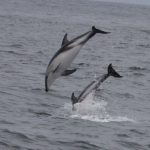

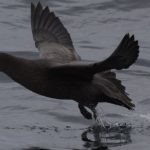
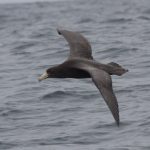


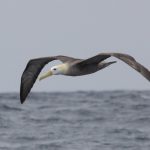




 Not all birders are listers, and when the photography becomes more important than the life-list, then hard-core birding and photography is not compatible. With the boom of digital photography and more and more people getting into birding via photography (and the other way around as well), we want to offer a new set of tours for photographers and videographers only. Right now our collaborator Alejandro Tello (birdguide and photographer) is writing up new itineraries. A few have been uploaded to the web-page. Some of these are still in Spanish but will be translated within the coming week. The prices will also be set next week.
Not all birders are listers, and when the photography becomes more important than the life-list, then hard-core birding and photography is not compatible. With the boom of digital photography and more and more people getting into birding via photography (and the other way around as well), we want to offer a new set of tours for photographers and videographers only. Right now our collaborator Alejandro Tello (birdguide and photographer) is writing up new itineraries. A few have been uploaded to the web-page. Some of these are still in Spanish but will be translated within the coming week. The prices will also be set next week.
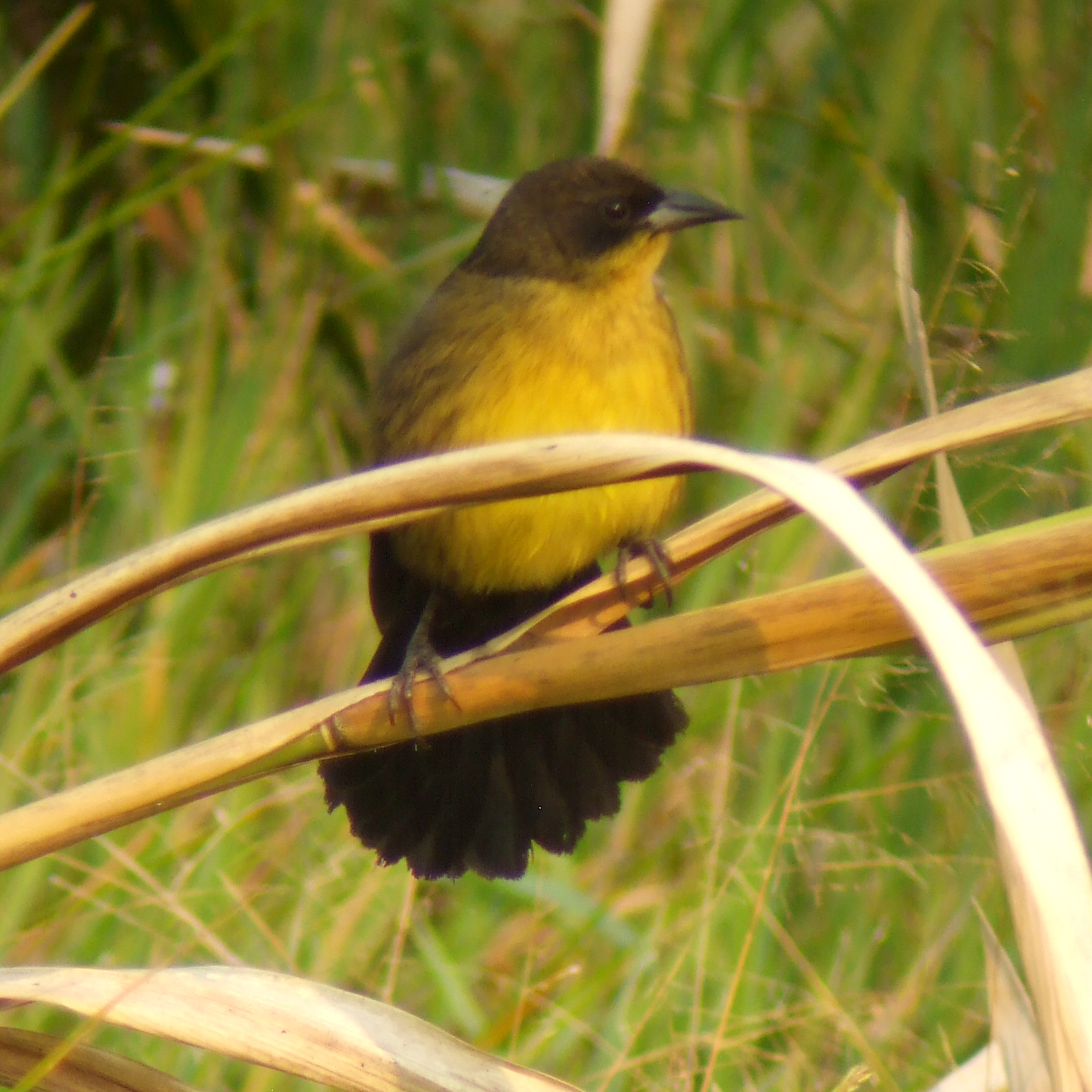 We just ran the
We just ran the 
